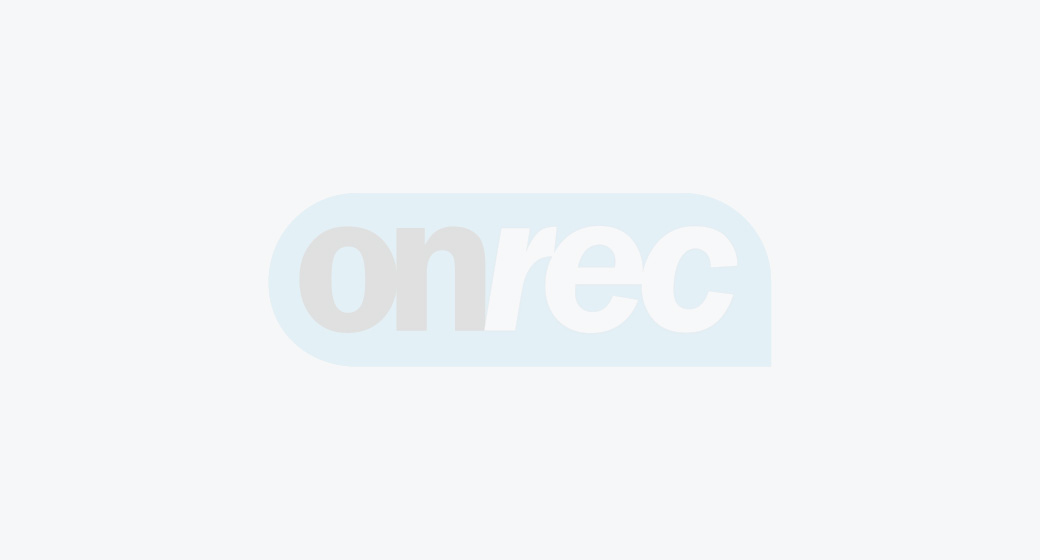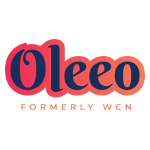Every organisation understands this powerful statement: “A more diverse workforce has been proven to be one that will increase organisational performance by providing multiple, fresh perspectives leading to innovation and better risk management. The improvement that diverse workforces bring to business delivery is linked to the diversification of the marketplace.”
There’s little doubt about the benefit of hiring a diverse workforce. McKinsey found in one UK study that greater gender diversity on the senior-executive team could positively affect performance. For every 10% diversity increase, they saw profits rise by up to 3.5%. Organisations know it’s needed, but often lack the ability to ensure diversity hiring is happening within their own talent acquisition programs.
In recruiting, Big Data or AI reveals which applicants are a better fit for positions within the company, correlating skills and work values to numbers and percentages. It’s not about the name on the CV or cultural background of an interviewee. Instead, companies can focus on the candidates with the right expertise, experience and potential to be productive within their already established teams, provided the humans in the equation eschew their own biases.
But for many this is more difficult than it perhaps ought to be! More often than not, recruiting teams are doing what they’ve always done, seeing the same candidates and visiting the same events. Spending budgets are always categorized to suit those practices, sometimes introducing a new avenue, but lacking real understanding of what those additions are bringing to the table. Meanwhile, those traditional, long-standing programs aren’t getting the audits required to understand actual return on investment.
It’s all in line with the adage, “If you always do what you’ve always done, you’ll always get what you’ve always got.”
Yet, for more diversity, organisations need the ability to see underlying potential or lack thereof. Does that university’s career fair actually bring in the right applicants or are you wasting precious resources on it every year? How about those niche job boards? Is your targeted talent finding your job posting and are they actually fitting your needs?
Diversity & inclusion can’t just be done on a whim. You need to set aspirational goals based on your historic data and then start to construct a customised event/workshop that meets these goals. Your previous successes will help to identify partners or professional groups who can also help build credibility alongside representative members of your existing team. If a culture doesn’t include or develop diverse employees, then you won’t be able to sustain a diverse workforce in the long term.
Remember, the ultimate goal is to contribute to your corporate brand reputation, expanding your network of diverse professionals and increasing cultural awareness among current employees. Overall this makes complete business sense, a 2015 study from Bersin by Deloitte showed that diverse companies had 2.3 times higher cash flow per employee over a three-year period than non-diverse companies did.
So, devoting attention and management to these audiences can only serve to help strengthen engagement with diverse communities and help to realise practical, actionable items for the better of your organisation in future hiring campaigns.
Recent studies from Royal Holloway University of London and the University of Birmingham suggests managers often select candidates for client-facing jobs who fit the ‘traditional’ image of a role, with many placing as much importance on an individual’s speech, accent, dress and behaviour as on their skills and qualifications.
This introduces disadvantages for candidates whose upbringing and background means they are not aware of ‘opaque’ city dress codes - for example, some senior investment bankers still consider it unacceptable for men to wear brown shoes with a business suit
Top recruiters might receive over 150,000 applications a year and rising from a mixture of core and non-core schools and not have time to sift fairly. Predictive analytics can ease this pressure. Used well, it will sift and flag to you, candidates that have all the key indicators of success you're looking for, but that didn’t go to a target school – i.e. schools that are not on anyone's core schools lists but do have exceptional talent.
It’s important to look back at management intelligence and analytics to learn what’s worked well and what hasn’t. It takes time to make a change and see results quickly, but the business case for diversity is too strong to ignore so don't let that deter you.
Good intelligence will mean that you can react if certain initiatives are not changing the ratio of diversity applications in your favour and find new ways of making sure that talent remains invested in your business.
Recruiters can achieve benefits from measuring participation such as:
- Providing stronger evidence and recordkeeping to support hiring decisions
- Identifying & quantifying any historic bias to reduce bias in future decision making
- Reducing the economic bias to exclude







